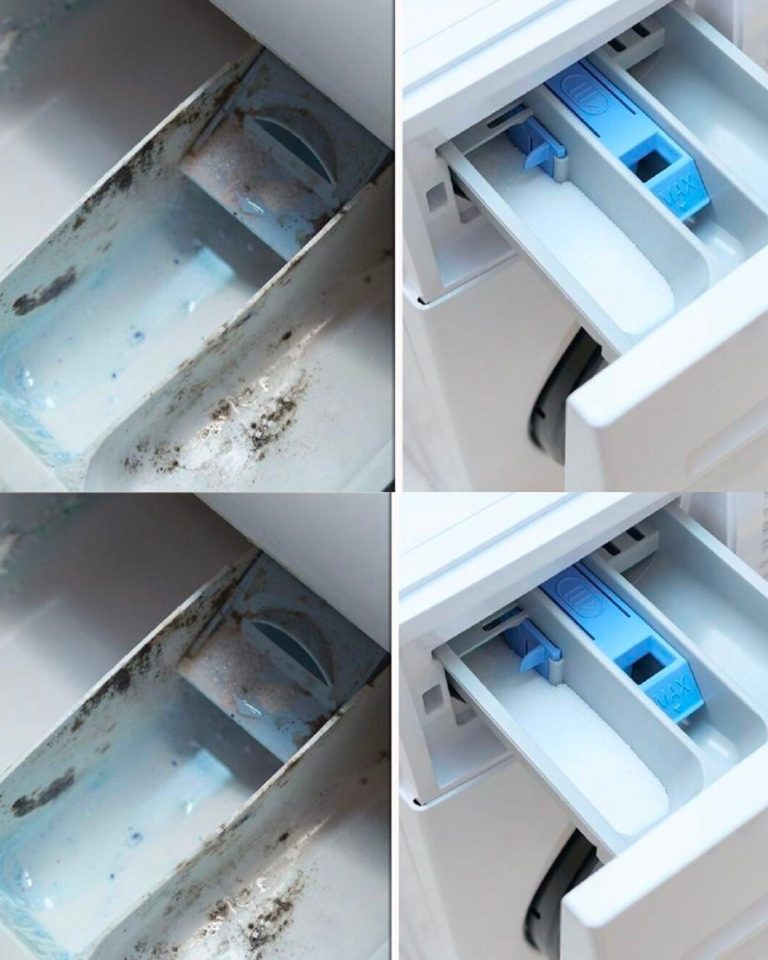Mold in your washing machine drawer is a common issue that many homeowners face, and while it might seem like a minor nuisance, it can be a significant problem if left unchecked. Mold and mildew thrive in warm, moist environments, and your washing machine drawer provides the perfect conditions for their growth. Not only is mold unpleasant to deal with, but it can also lead to musty smells and even cause potential health risks. Luckily, there are ways to prevent mold from forming and eliminate it once it does. Here’s everything you need to know about why mold appears in the washing machine drawer and how to get rid of it.
Why Does Mold Form in the Washing Machine Drawer?
Understanding the reasons behind mold growth in your washing machine drawer is the first step in preventing it. Mold requires three key elements to thrive: moisture, warmth, and organic material. Your washing machine drawer is a breeding ground for mold due to the following reasons:
Excess Moisture: After every wash cycle, residual moisture remains in the detergent drawer. Since the washing machine is a damp environment, this moisture creates a perfect setting for mold and mildew to grow.
Detergent Residue: Many detergents and fabric softeners leave behind residue, which can build up over time. This sticky, organic material provides food for mold spores, contributing to its growth.
Poor Air Circulation: Washing machines often have limited ventilation, particularly in the detergent drawer area. Without proper airflow, the moisture and residue linger, allowing mold to flourish.
Dirty or Wet Drawers: If you regularly close the washing machine drawer right after use without wiping it down, moisture accumulates and mold can develop more quickly.
How to Get Rid of Mold in the Washing Machine Drawer
Now that we know why mold forms in the washing machine drawer, let’s look at some effective ways to clean it and prevent further growth. Here are step-by-step instructions for removing mold and keeping your washing machine drawer mold-free.
Step 1: Empty the Drawer
Before you start cleaning, take the detergent drawer out of the washing machine. This will allow you to access all the moldy areas and clean them properly. Most washing machine drawers can be easily removed, but check your user manual for specific instructions.
Step 2: Clean with White Vinegar and Baking Soda
One of the most effective and natural ways to eliminate mold is to use a combination of white vinegar and baking soda. Vinegar has strong antimicrobial properties, and baking soda works as a gentle abrasive to scrub away mold and residue.
continued on the next page
